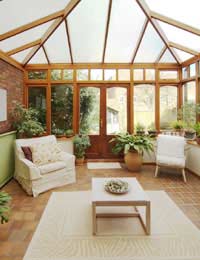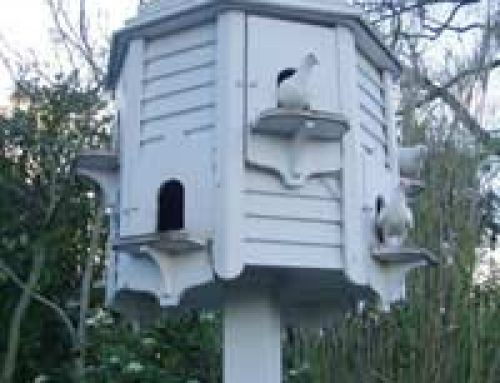
Conservatories are an extremely popular addition to many homes across the UK.
Since the luxury-loving Victorians boosted their popularity, they have come to serve as light, bright multi-functional rooms that allow us to enjoy the delights of outside, whilst being sheltered and protected inside.
Conservatories tend to be multipurpose, and are often chosen by homeowners to extend their favourite living space, as the function of the room itself can be so flexible. For instance, they may act as an extra lounge living space, become a retreat, playroom or additional dining area.
The gardening enthusiast will often treat a conservatory more as a garden room or greenhouse, taking advantage of the temperate climate indoors to grow a selection of flowers and plants more suited to tropical climes.
Whatever your reason and preference, if you are considering installing a new conservatory for the first time, your primary port of call should be whether you need to apply for planning permission to do so.
Before You Begin
Some people mistakenly believe that a conservatory doesn’t need planning permission. However, as far as local planning authorities are concerned, despite the materials used, a conservatory is still regarded as an extension to a property under planning regulations.
You will first need to check a number of points with your local planning authority – for instance, whether a condition has been attached to the house’s original permission that limits your permitted development rights. If any such restrictions exist, then you may have to apply for planning permission to install a conservatory, regardless of its size and location on your property.
You should also check for the existence of an Article 4 Declaration, which would remove or reduce some regular development rights that would not usually require planning permission.
Finding a Site for Your Conservatory
Finally, you should be aware that if you plan to install a new conservatory within five metres of another building belonging to your house, then you will have to take into account the fact that the volume of the additional existing building will affect the volume allowance for your new conservatory building.
When choosing where to build your new conservatory, it is wise to take into account the plan of your existing house as it could affect safety escape routes from other rooms, particularly loft conversions. A conservatory may well also affect the energy efficiency of your home. A double-glazed conservatory will provide additional insulation, and an internal and external door into the conservatory will also help.
Planning Permission Regulations
Although planning permission regulations can vary between different local planning authorities, the UK Government has provided the most common scenarios where planning permission would have to be obtained:
- If your property is a flat or maisonette (including those converted from houses) or a commercial property, such as a shop or public house.
- If the conservatory, or any part of it when built, would be nearer to a highway than the nearest part of the original house unless there is at least 20 metres between the conservatory and the highway.
- If, in any case, the volume of the original house would be increased by more than 115 cubic metres. If more than 50 per cent of the garden excluding the area of the original house would be covered by extensions (including the conservatory) or other buildings.
- If the conservatory is higher than the highest part of the roof of the original house.
- If any part of the conservatory is more than four metres high where it is within two metres of the boundary of your property.
The age and location of your house can also affect planning permission regulations. For instance, if your property is a listed building, you will need to obtain planning permission to add a conservatory extension. Houses located in National Parks, Areas of Outstanding Natural Beauty, Conservation Areas and The Broads will also be subject to planning permission if “the volume of the original house is going to be increased by more than 10 per cent, or 50 cubic metres (whichever is greater).” This also applies to terraced and end-of-terrace houses.
Buildings Regulations and Your New Conservatory
Most average sized conservatories will most likely be not liable for buildings regulation control. Again, you will need to check with your local planning authority, but in most cases you will be exempt if:
- Your conservatory is going to be built at ground level, and has a floor area of less than 30 square metres
- Your conservatory is going to be separated from the house by external quality doors
- A minimum of half the new wall and three quarters of the roof is glazed or constructed with a translucent material
You should bear in mind that glazing and fixed electrical installations will need to comply with energy and safety-related building regulations, relating to areas such as air supply, ventilation and escape routes. You will need to check these with your local authority. Providing you have taken all of this criteria into account, you should be able to have a trouble-free construction and installation of your new conservatory.





Leave A Comment